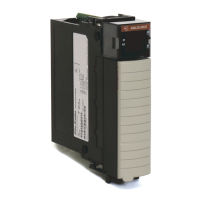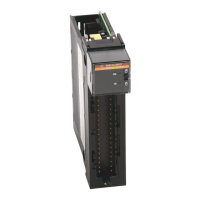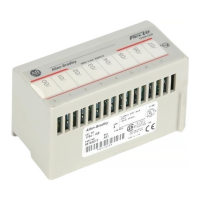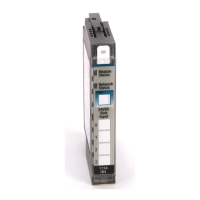198 Rockwell Automation Publication 1756-UM540E-EN-P - December 2017
Appendix A Analog I/O Module Tag Definitions
Input Tags
The following table describes the Input tags associated with the
1756-IR12 module.
Table 35 - 1756-IR12 Module - Input Tags
Tag Name Data Type Definition Valid Values
Fault DINT Standard Analog Fault mask – controller sets bottom 16
bits on connection loss.
0000…0000= Connection is good
CIPSyncValid BOOL Indicates whether the module has synchronized to a valid
CIP Sync time master on the backplane.
B0 = CIP Sync is available
CIPSyncTimeout BOOL Indicates whether a valid time master on the backplane
has timed out.
B1 = A valid time master was
detected on the backplane, but the
time master has timed out. The
module is currently using its local
clock with old synchronized time
data.
CIPSyncOffsetJump BOOL Indicates a significant jump, that is, 1 ms or greater, in the
CST and CIP Sync times sent from the Time Master to the
module. (The Time Master sends the CST and CIP Sync
times to the module every second.)
We recommend that you refresh the Diagnostic Assembly
to get more data on the jump if precise time tracking is
important to your application.
B2
Ch[x].Fault BOOL Indicates the quality of Input Data. B0
• 0 = Good
• 1 = Bad
Ch[x].Uncertain BOOL Indicates the Input Data can be imperfect. B1
• 0 = Good
• 1 = Uncertain
Ch[x].Underrange BOOL Input is beneath absolute minimum for this channel. If
temperature, set when beneath minimum for that
SensorType.
B2
Ch[x].Overrange BOOL Input is above absolute maximum for this channel. If
temperature, set when above maximum for that
SensorType.
B3
Ch[x].CalibrationFault BOOL Indicates the last attempted calibration for this channel
failed.
B9
Ch[x].Calibrating BOOL Indicates the channel is currently being calibrated. B10
Ch[x].CalGoodLowRef BOOL Indicates that a valid Low Reference signal has been
sampled on this channel.
B11
Ch[x].CalBadLowRef BOOL Indicates that an invalid Low Reference signal has been
sampled on this channel.
You must correct this condition to successfully calibrate
the module.
If calibration is aborted with an invalid Low Reference
signal, the I.Ch[x].CalibrationFault tag is set for this
channel until a successful calibration is performed.
B12
Ch[x].CalGoodHighRef BOOL Indicates that a valid High Reference signal has been
sampled on this channel.
B13

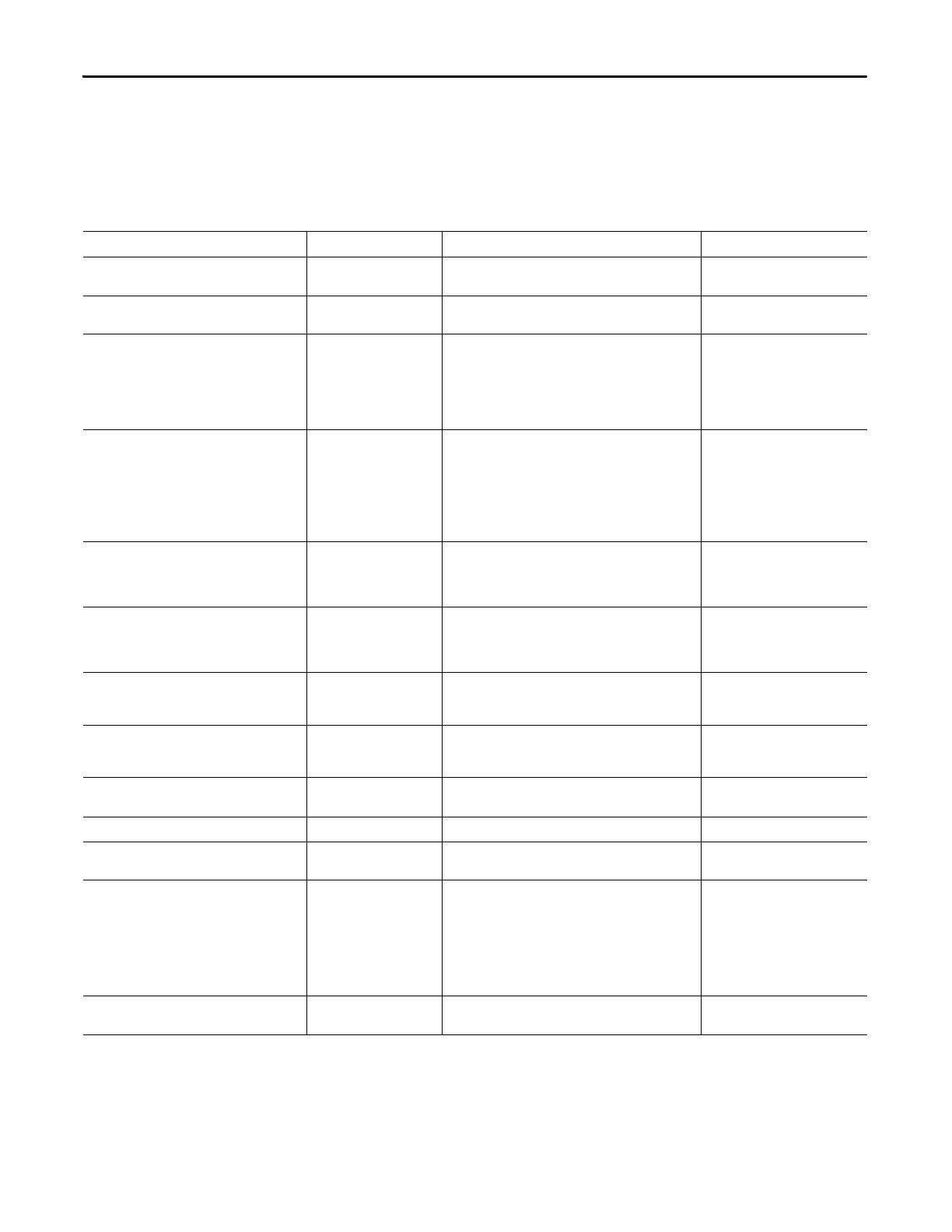